World Kidney Day was established
On Mar. 8, 2006, World Kidney Day, a joint initiative between the International Society of Nephrology (ISN) and…
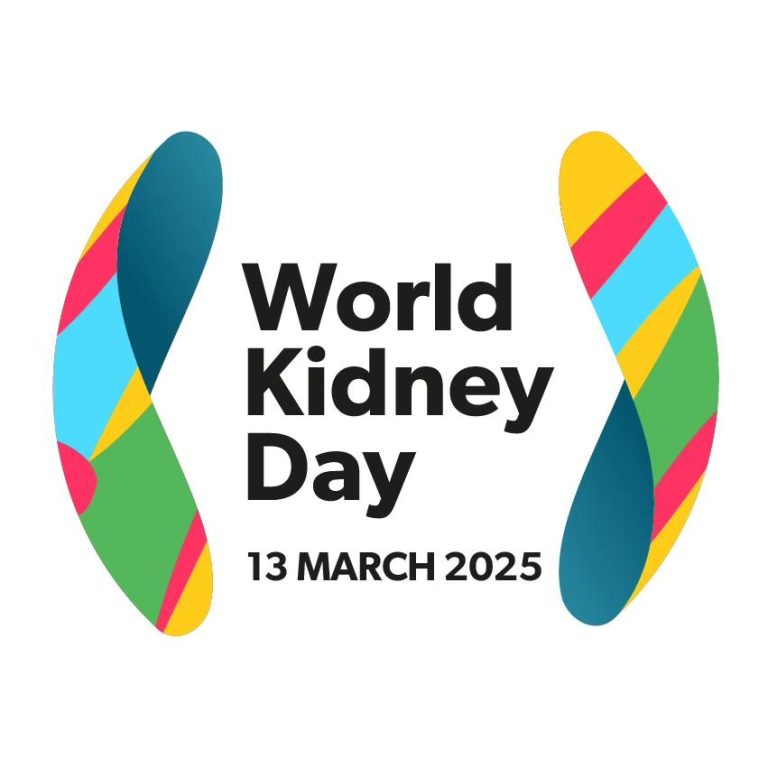
On Mar. 8, 2006, World Kidney Day, a joint initiative between the International Society of Nephrology (ISN) and…
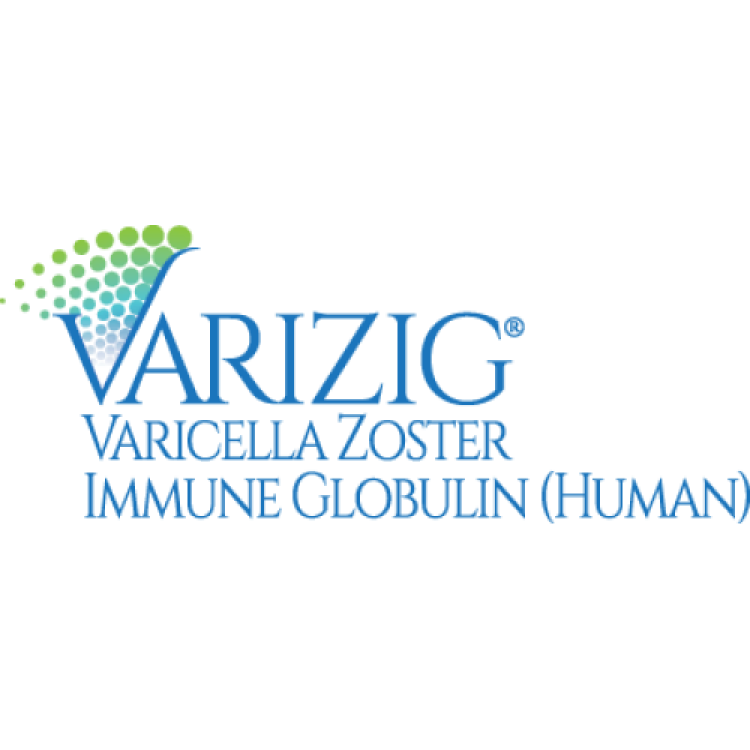
On Feb. 24, 2006, the Advisory Committee on Immunization Practices (ACIP) was informed by the only U.S.-licensed manufacturer…

On Feb. 23, 2006, groundbreaking was held for the first building of the North Carolina Research Campus (NCRC),…

On Feb. 6, 2006, Sanofi pasteur announced it had delivered more H5N1 vaccine to the U.S. government including…

On Feb. 3, 2006, Rotavirus vaccine, live, oral, pentavalent (RotaTeq by Merck) was licensed for use in infants…
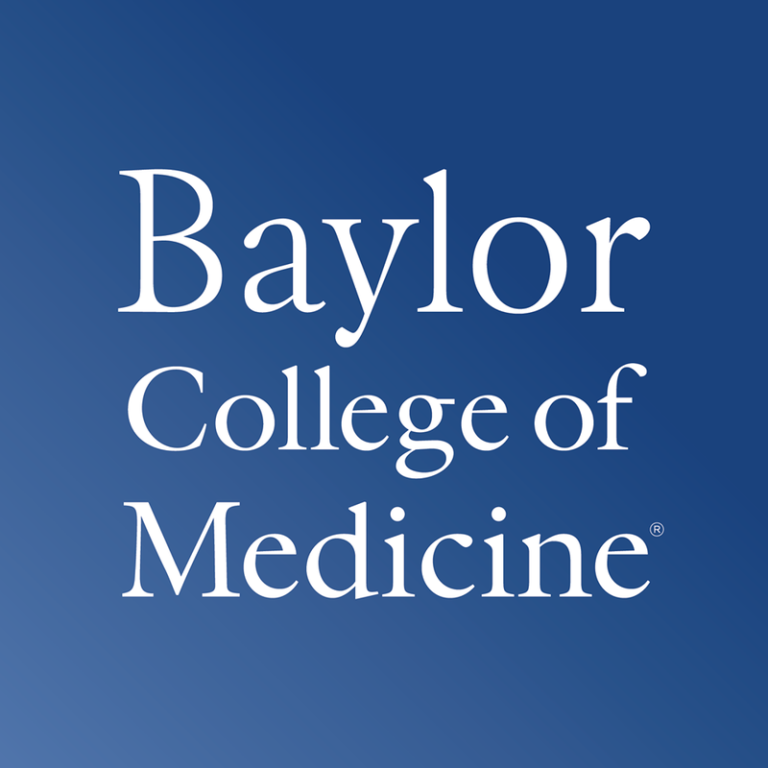
On Jan. 31, 2006, Dan Duncan, founder of Enterprise Partners, an energy company in Houston, announced a donation…
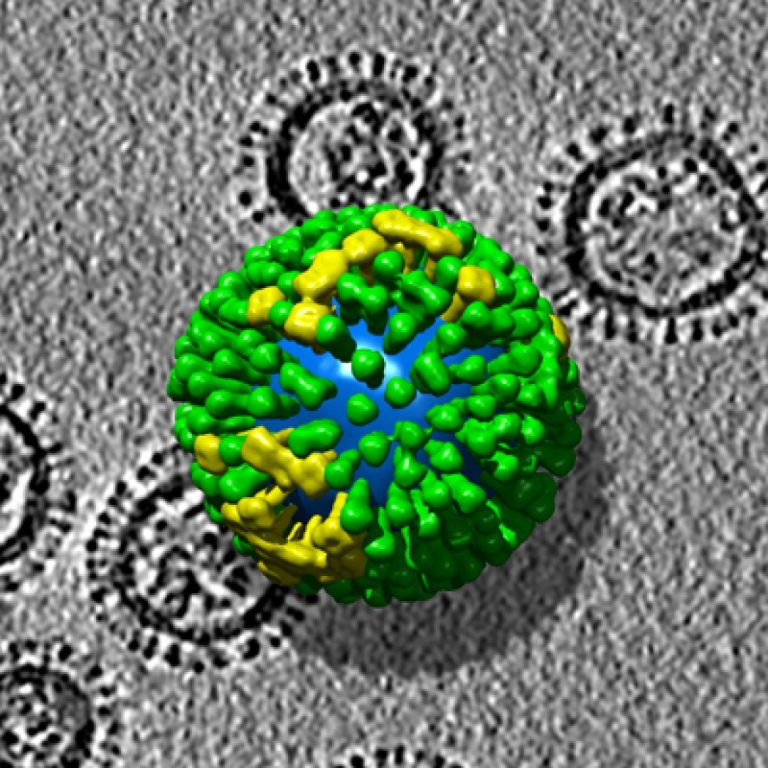
On Jan. 17, 2006, the Centers for Disease Control and Prevention (CDC) announced that it had stopped recommending…
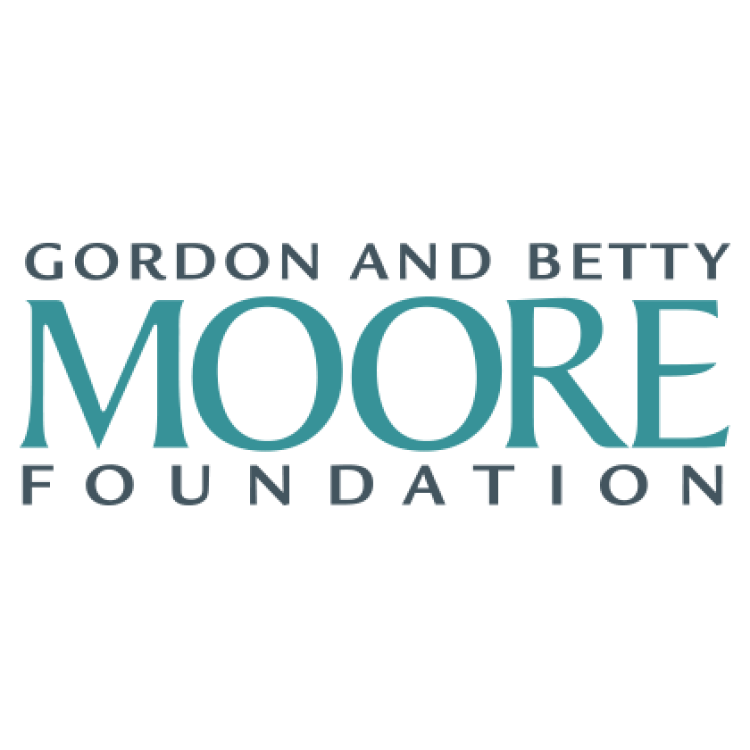
On Jan. 17, 2006, researchers at the University of California, San Diego (UCSD) announced the development of a…
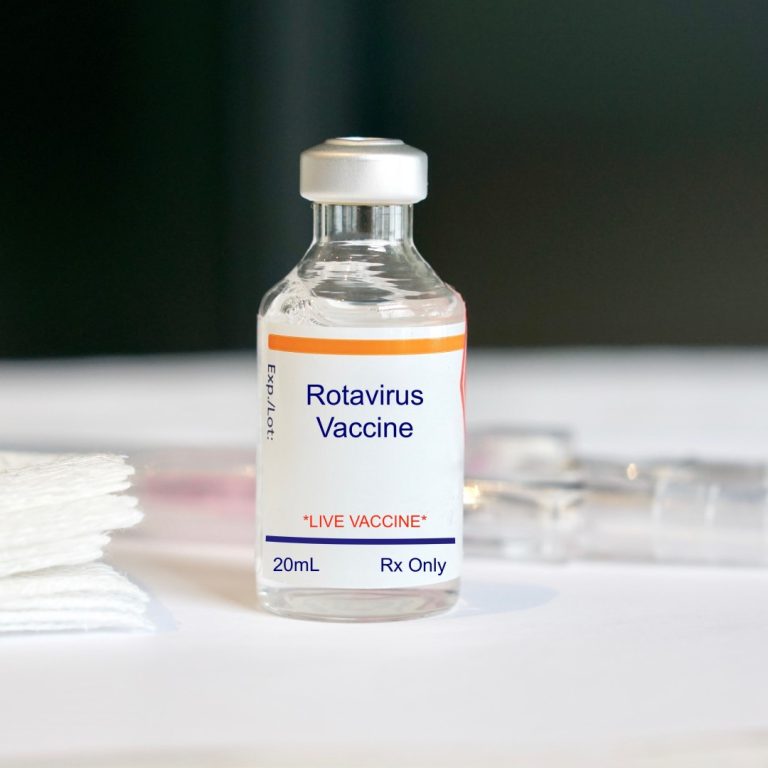
On Jan. 6, 2006, the U.S. Centers for Disease Control and Prevention’s (CDC) advisory Committee on Immunization Practices…

In 2006, the U.S. Department of Agriculture (USDA) granted Dow AgroSciences the first regulatory approval for a plant-made…
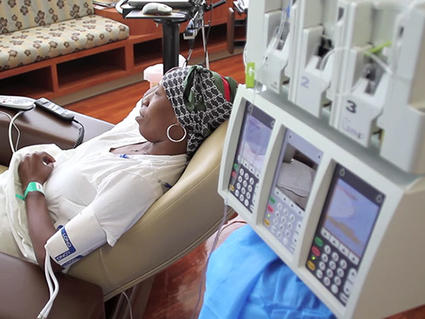
In 2006, the National Cancer Institute (NCI) launched the TAILORx trial to determine whether gene expression patterns in…

In 2006, an estimated 20.8% (45.3 million) of U.S. adults were current cigarette smokers; of these, 80.1% (36.3…
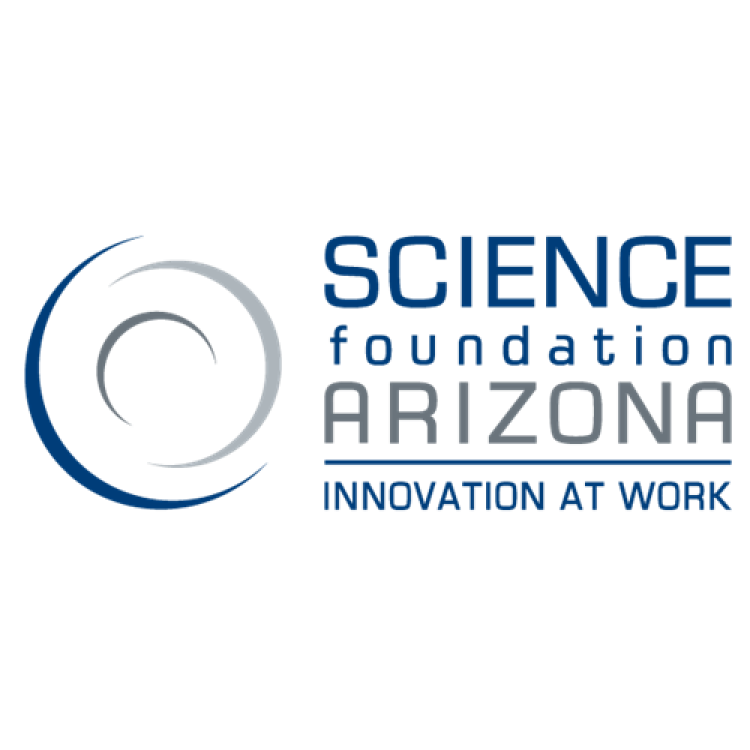
In 2006, the Science Foundation Arizona (SFAz), a 501(C)(3) non profit, was initiated by the three statewide CEO…

In 2006, Andrew Fire of Stanford Univeristy School of Medicine was awarded the 2006 Nobel Prize in Physiology…

In 2006, San Diego Consortium for Regenerative Medicine was established as a California non-profit corporation and a 501(c)(3)…
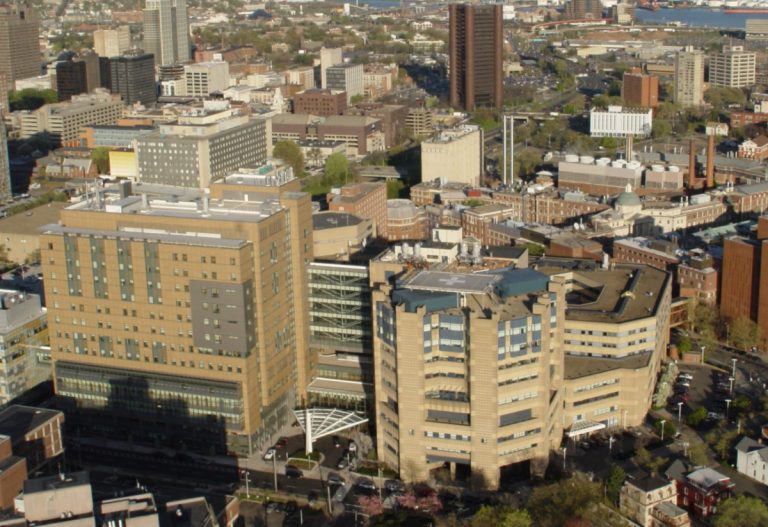
On Aug. 31, 2022, Yale New Haven Hospital (YNHH) broke ground on the $838 million, 505,000 square foot…

Aug. 24, 2024, the U.S. Centers for Disease Control and Prevention (CDC) activated its Emergency Operations Center (EOC)…
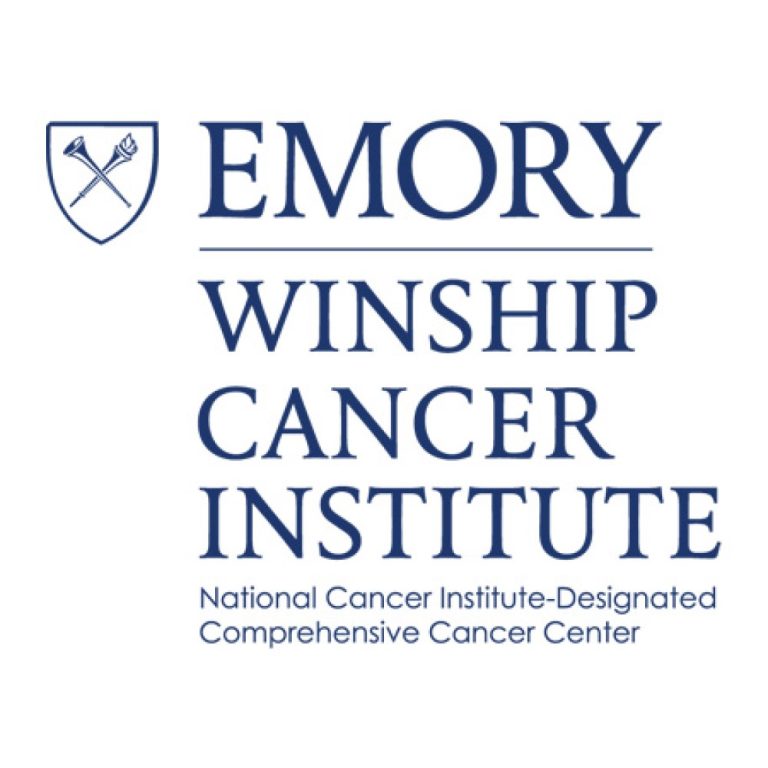
In 2006, the Winship Cancer Institute received a $7.9 million P01 5-year grant from the Cancer Institute (NCI)…
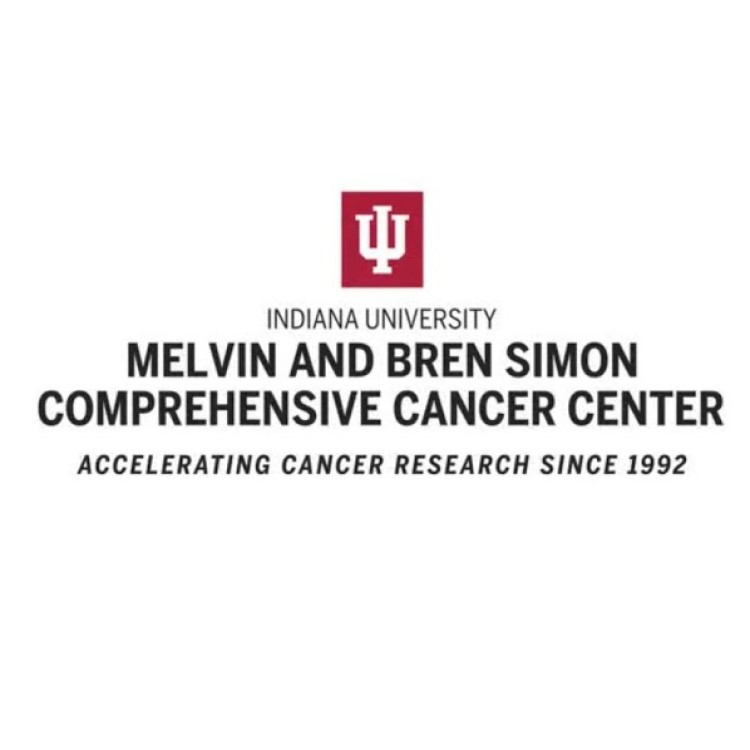
In 2006, The Indiana University Cancer Center was renamed the Indiana University Melvin and Bren Simon Cancer Center….
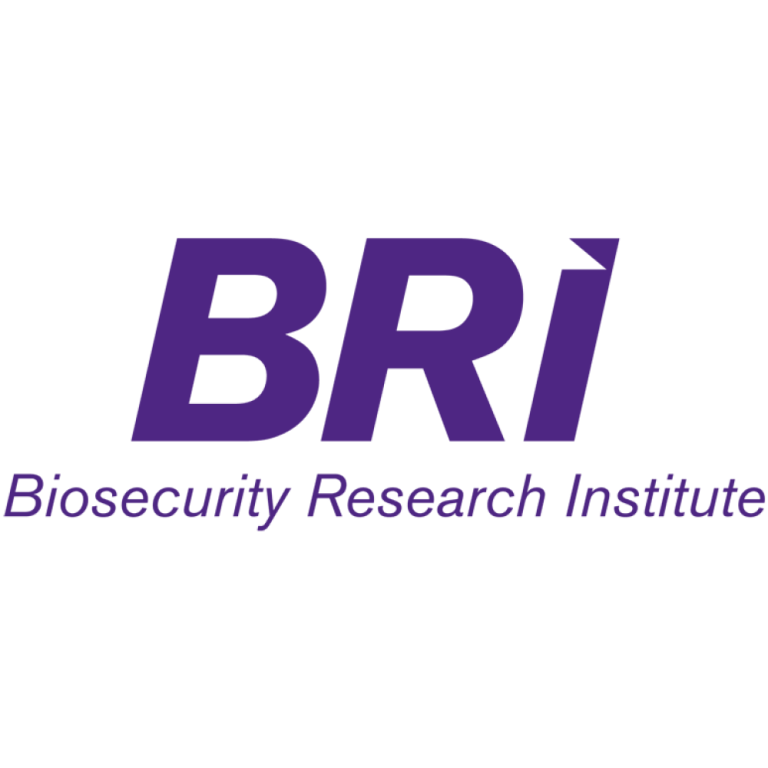
In 2006, the Kansas State University Biosecurity Research Institute dedicated the Biosecurity Research Institute (BRI) that was designed…
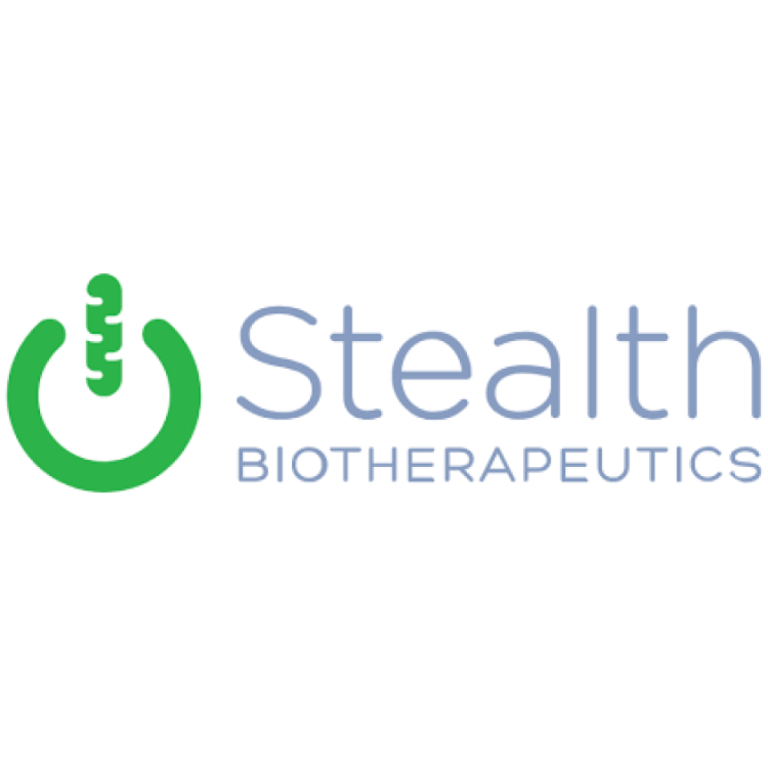
In 2006, Stealth BioTherapeutics was established as an innovative biopharmaceutical company developing therapies to treat mitochondrial dysfunction associated…
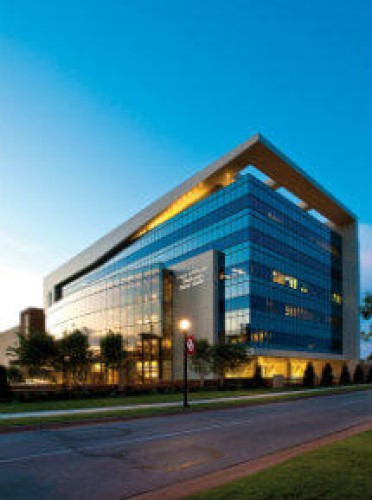
In 2006, the Stephenson Research and Technology Center was established at the University of Oklahoma. The $27 million…
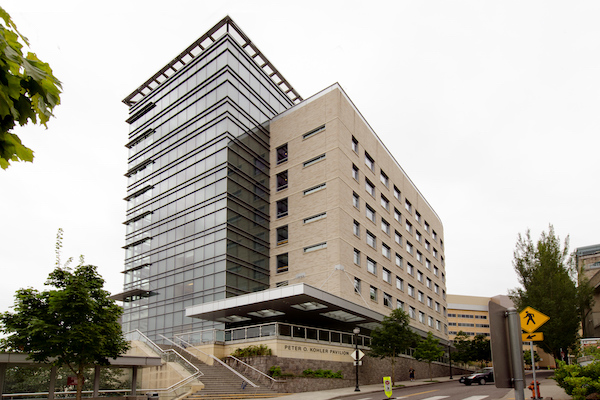
In 2006, The OHSU Peter O. Kohler Pavilion opened as state-of-the-art patient care facility on Marquam Hill in…
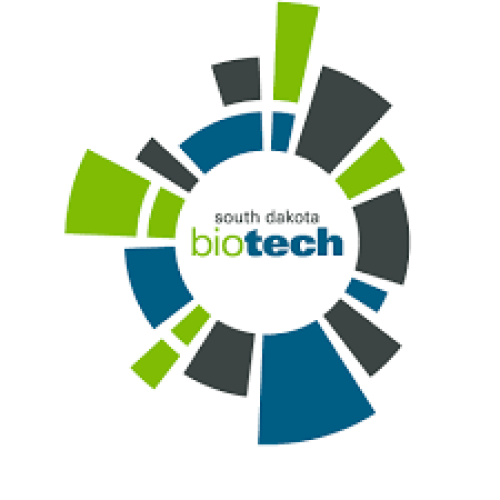
In 2006, the South Dakota Biotech Association was founded as a non-profit organization dedicated to developing biotechnology through…

In 2006, Texas Biomed researchers published a genetic linkage map for the rhesus monkey. In 1999, Texas Biomed…

In 2006, Robert C. Byrd Biotechnology Science Center officially opened. The center was constructed with a grant of…
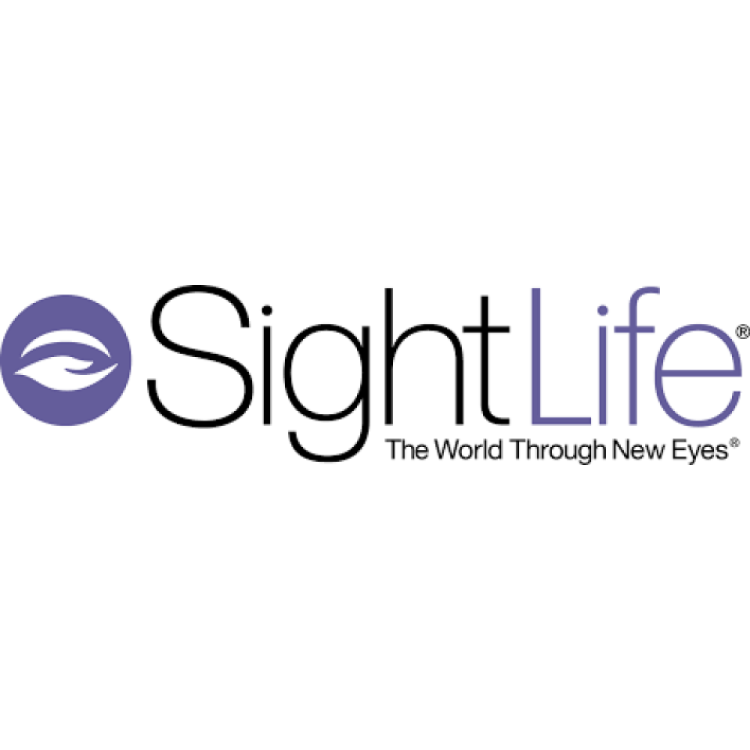
In 2006, the Board of Trustees of the Northwest Lions Foundation for Sight & Hearing renamed Northwest Lions…
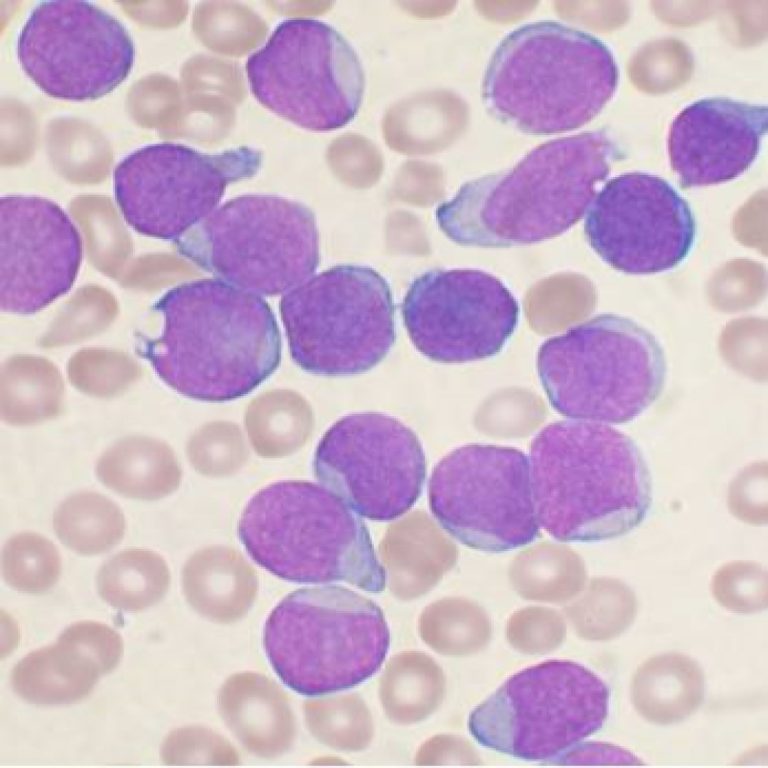
In 2006, Calistoga Pharmaceuticals was founded as a Seattle-based spin-off from ICOS Corp. that was dedicated to developing…

In 2006, the Malaria Atlas Project (MAP) was founded as an international research collaboration that tracks the global…
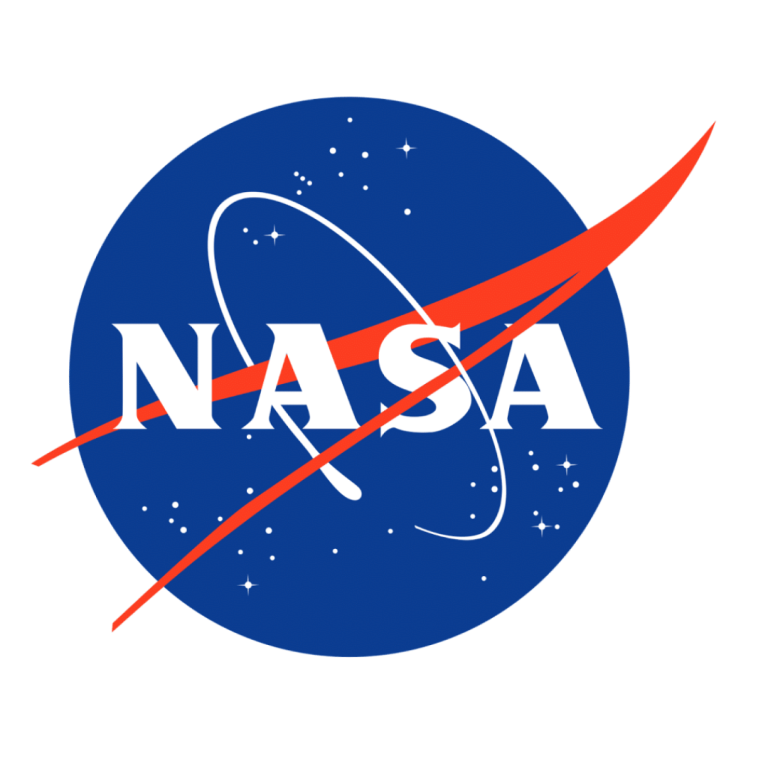
On Dec. 30, 2005, The NASA Food Technology Commercial Space Center (FTCSC) at Iowa State University closed with…